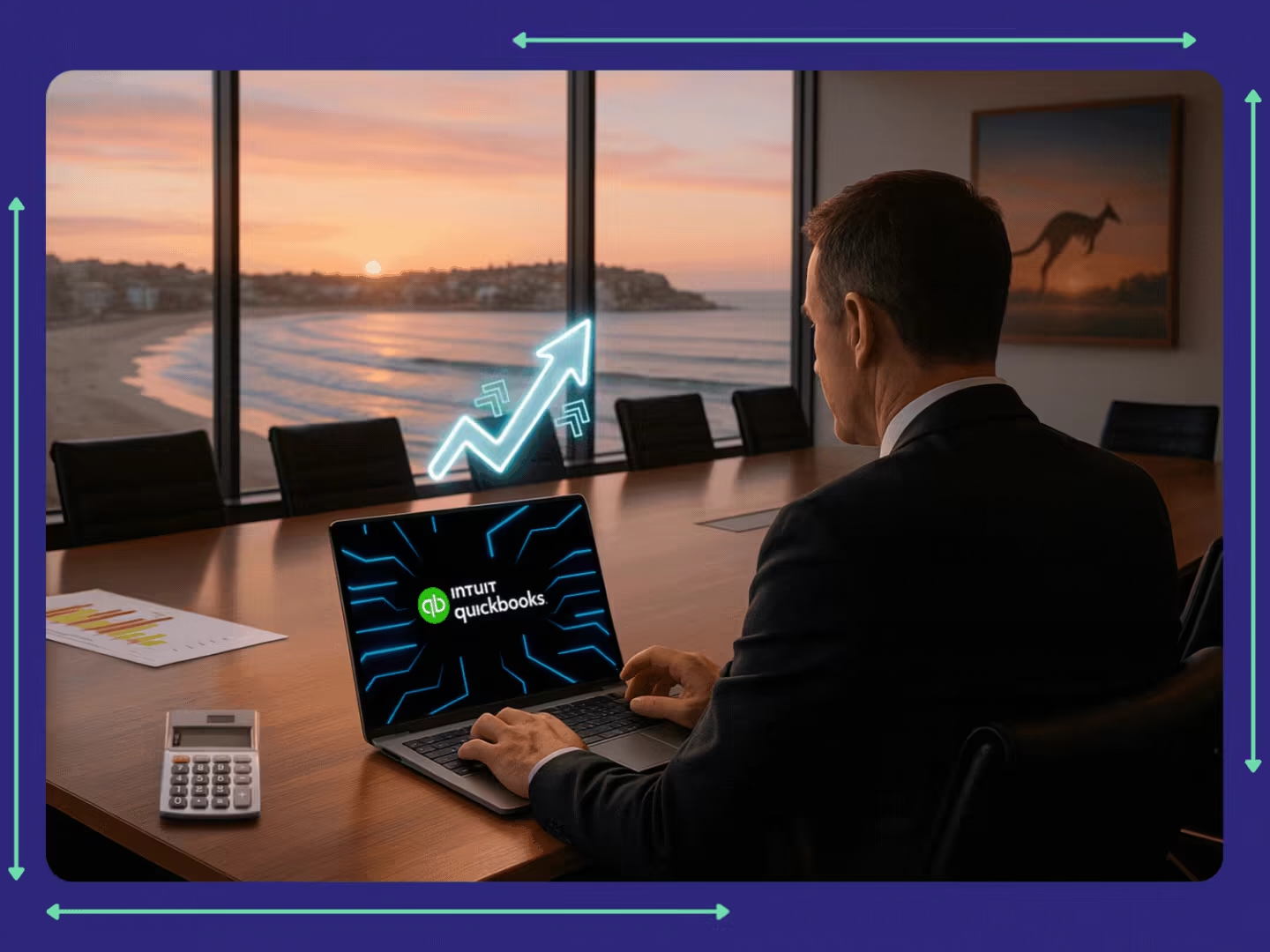Table of Content
Share This Article
- Published: January 28, 2021
- Last Updated: February 10, 2025
Being a restaurateur is a difficult job, and if you want to set up your restaurant, you are not alone. The restaurant sector is one of the most sought-after sectors in the hospitality industry by business owners, and this is either of two reasons – passion or feasibility of the business idea due to low investment. The restaurant sector has changed drastically over the past few decades and no doubt the priority is still to serve the best quality food to the customer, but people want more than just quality food. With an increasing number of restaurants opening up in Australia, people have abundant options of restaurants to choose from and thus, it is essential to stay on the top of your game and have a competitive edge.
While choosing a restaurant structure, you must consider your budget as it is one of the most critical factors and then you should compare it with the cost requirements of that particular structure. If you purchase your own space, types of equipment, or spend on the decor the costs involved in a restaurant are known as capital costs, while expenses incurred in staffing and other day-to-day expenses are known as operating costs. Both these costs will play a major role in the selection of an ideal restaurant structure best suited for you.
Whiz Consulting has been providing outsourced online bookkeeping services for restaurants for over a decade and thus understand perfectly these costs and what leads to an increase or reduction of these costs. Whether you want to start a restaurant business, restructure your existing business or expand your business by starting a new restaurant, we can help you in your decision making process and further help you in the accounting and bookkeeping process of your business.
One must understand that there are different types of restaurant which are categorised based on various factors. However, as an online accounting outsourcing services provider, we can give you a clear idea of what types of restaurants will best fit you as per the financial and accounting implication of each type.
Let us delve into each type in detail –
Fine Dining
The clientele in this type of restaurant is High Net-worth Individuals (HNI), and thus expects exceptional customer service and high-quality food. These customers mostly visit you to celebrate special occasions, such as birthdays, anniversaries, or weddings. It is usually a formal setup with sophisticated decor, and this is not all as per the specialty of a particular restaurant they might even serve exotic or interesting dishes. All these will add up to your capital as well as an operating cost. Another important cost factor is training your existing staff or hiring highly trained staff. To sum it all, running a fine dining restaurant requires a lot of attention to detail and cost involvement.
(Parking/valet)
Casual Dining

In this type of restaurant, customers look for quality food at a reasonable price. The customer expects table service, a low-key atmosphere and unique decor that fits the restaurant brand, and a lengthy menu that offers an option for everyone. You must have understood by now that casual dining has a specific niche. So it is important to understand your target audience and choose the perfect location as it is the key element. Your cost factors to consider are rent or space purchase value and the cost incurred on daily ingredients besides staffing is not as costly compared to fine dining.
Fast Food

One major characteristic of a fast-food restaurant is fast service and affordability. Most fast-food restaurants have a self-service policy, which reduces staffing costs, and the ambiance has little or no impact on consumers’ minds. Food is served in disposable items, like plastic containers, paper food trays, and to-go bowls. Fast food restaurants are one of the most preferred restaurant types among starters due to low entry barriers and investment involvement. The idea is to set the price low and serve more customers, and thus most fast-food restaurants offer take-aways allowing more table space. Not only take away, but fast-food restaurants are also providing drive-in and drive-thru facilities.
Drive-in or Drive-thru
While drive-thru is still prevalent today, and many fast-food restaurants also serve through this method, the drive-in is less popular nowadays. In a drive-in restaurant, customers can order and eat their food while sitting in their vehicle. In a drive-thru restaurant, customers place and pay for their order at one checkpoint and then drive to another where they receive their food. This itself is a restaurant model, and as we said earlier, even fast-food restaurants are adopting to reduce cost. In this model, particularly you save on cost involve in serving space and staff cost.
Fast Casual
Fast Casual restaurant is a hybrid of fast food and casual dining, where the quality of food and prices are lower than casual dining but higher than fast food. It also has over the counter service just like fast food, gaining the advantage of reducing staff costing. It is a perfect solution to those who want to serve customers looking for a quick bite that is healthier than average fast food but still affordable compared to a casual restaurant.
Food Trucks
Food Trucks restaurants are an interesting way of starting a restaurant business. You must have seen many of these in high footfall areas and if we compare this to all the above restaurants, the cost involved is extremely low. Restaurants have a limited menu that is partially or fully pre-made, you save on rental expense or spacing along with staffing as very little human involvement is required. But this does not mean location is not important, and this factor is one where most restaurant owner struggles. Licensing is also another issue in this restaurant type.
Pop-up Restaurants
Pop-up restaurants as the name suggest are temporary setup that pops up in unexpected locations. The idea here is to serve customers with unique and innovative food and a dining experience that often involves a creative theme. These are like trial runs for restaurateurs who want to start a larger restaurant but can’t afford the same time. Pop-up restaurants can be a perfect start for all inspiring restaurateurs because of the low cost and a chance to build a brand presence.
Ghost Restaurant or Cloud Kitchen
Ghost restaurants, cloud kitchen, virtual restaurants, delivery-only restaurants, and so many names for these types of restaurants, but it all serves one purpose – minimise cost. These restaurants only offer delivery from their physical location, and your customers can order meals over the phone, online, or through third-party apps. When we say reduce in cost, ghost restaurants minimise overhead costs spent on staffing and capital cost on restaurant space to serve customers.
We at Whiz Consulting serve almost all types of restaurants and help them streamline their business financial process. If you also own any of the above restaurants, then we can help you improve your accounting and bookkeeping process.

Get customized plan that supports your growth

Thousands of business owners trust Whiz to manage their account
Let us take care of your books and make this financial year a good one.





